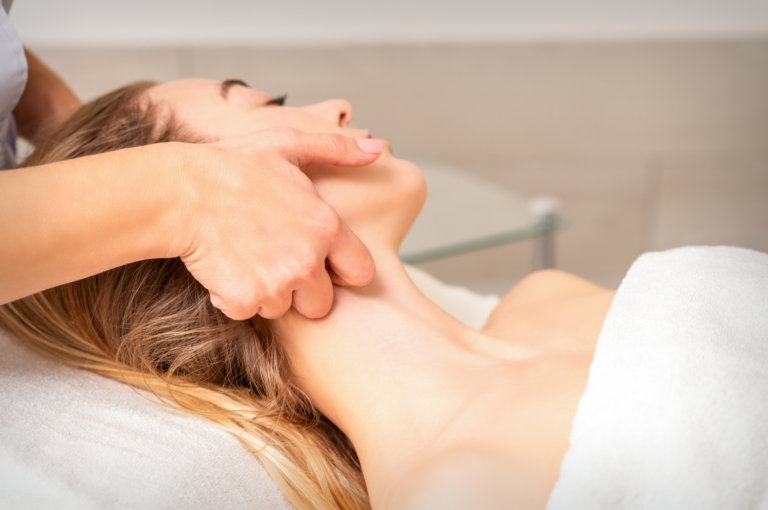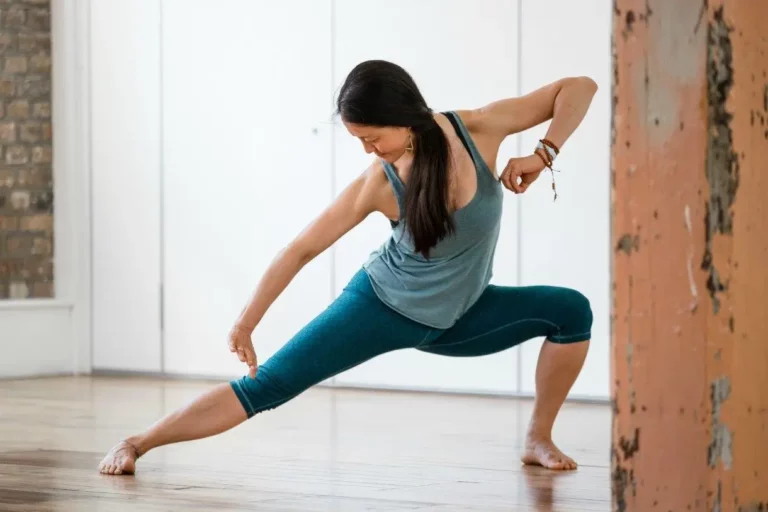The amount we’re affected by an unprecedented event like this current pandemic depends on our resources and our relationship to health. We all do the best we can, given our history and current circumstances. In this blog triyoga guest teacher Steve Haines explores how to find safety throughout lockdown and the Covid-19 pandemic.
Many of our responses are rooted in primitive reflexes embedded in old parts of our nervous system. How we as individuals express the primitive reflexes of mobilising (‘fight-or-flight’) or immobilising (‘freeze’) is based on previously successful strategies we’ve learnt as we developed.
Bringing awareness and choice to our habitual responses and our deepest imprints is a huge part of finding safety at times like this. This is necessarily an embodied awareness as most of our defining experiences are encoded non-verbally and non-consciously in our bodies, mediated by old, reflex parts of the brain.
There are three key steps in the process of finding safety in times of overwhelm and distress.
step one: connect to resources
No matter what our current experience, we all have places of health and ease in our bodies. Shifting our focus to the felt sense and looking for the things that make us feel good in our bodies – not our minds – can enhance our connection to health. By doing this over time, we build up a library of resources that help us to feel healthy, vital and safe.
NB: If even thinking about your body is activating try OMG – Orient Move Ground to settle. You can always try again another day or try with a friend or guide present to help you.
Sit for a while and reflect. What thoughts, ideas, people, pets, food and places (which you may need to imagine or visit virtually right now) make me feel more alive?
Ask yourself:
- Is there somewhere inside me that is relatively easy, warm, comfortable right now?
- In the midst of all that is happening for me, what tells me that I’m ok?
However small or tenuous, celebrate any feelings of health you find with inside.
step two: find places of health in your body
We can cultivate core, reliable sensations that we can remember and be with, even in the darkest of times. By looking for the places in our bodies that feel good, we can enhance our capacity to feel safe and well.
Try this embodiment practice:
- Let your awareness spread through your whole body, as if it is a fluid.
- Look for places in your body that feel good – they might be an area of the body, or just one spot. When you’ve found one of these places, simply be with the sensations for a while.
- Reflect: how does it make you feel, and what effect does it have on your body and mind?
- Be as specific as you can about the sensations you feel – ask yourself, can I name three specific sensations?
step three: practice moving towards and moving away
By asking yourself simple questions and practising simple techniques, you can start the process of deepening into felt sensations in your body. This in itself can be very grounding, and can lay the foundation for more safety. You are learning it is possible to negotiate with difficult feelings.
Ask yourself:
- How do I feel in my whole body right now?
- Can I connect to my resources?
- Am I safe enough to try exploring a feeling that is relatively difficult?
- Where do I feel this anxiety /overwhelm /fear in my body?
- Go slowly as you move towards the area that is difficult. Don’t spend too long there – maximum 60 secs on the first go.
- Practice moving away from the difficult feeling and reconnecting to your resources.
- Reflect on the difficult feeling: What three simple words can I use to describe these sensations?
- Repeat moving towards and moving away up to 2 more times, then rest.
Pain and suffering act like a magnet that grabs our awareness. The journey to embodying our experience is a big step in developing resources and finding safety in the face of the overwhelm, fear and anxiety so many of us are facing during this pandemic.
The good news is that the body gives a whole new theatre in which our experience and emotions can be played out. Through embodiment practices like the ones described above, we can move towards and away from sensations, slow things down, control what is centre stage in our bodies in a way that is not possible with mental functioning alone.
Learning that we have emotions and sensations but that we do not need to become them is very important. Pain is unlikely to be the only sensation possible. Stepping back and finding a wider context, especially in challenging times, can even facilitate a transformational shift in our relationship with ourselves.
Steve Haines joins us regularly throughout the year with his workshop “in-depth intro to TRE tension + trauma releasing exercises“, offering guidance on how to feel the healing power of shaking in a safe, supported group environment.










